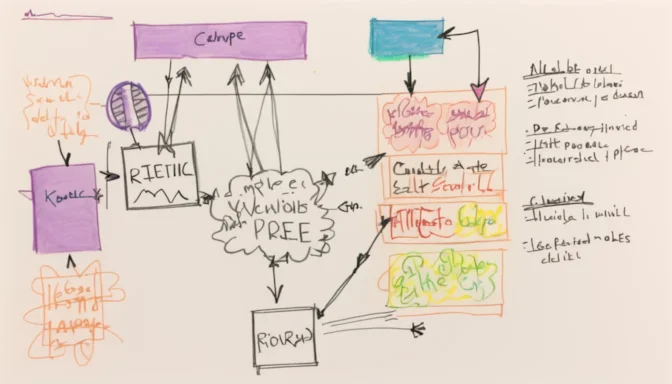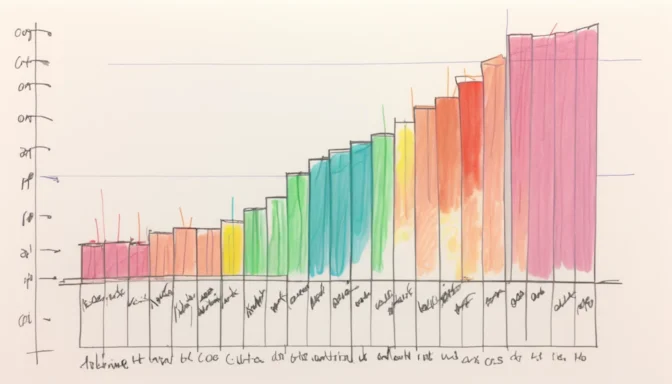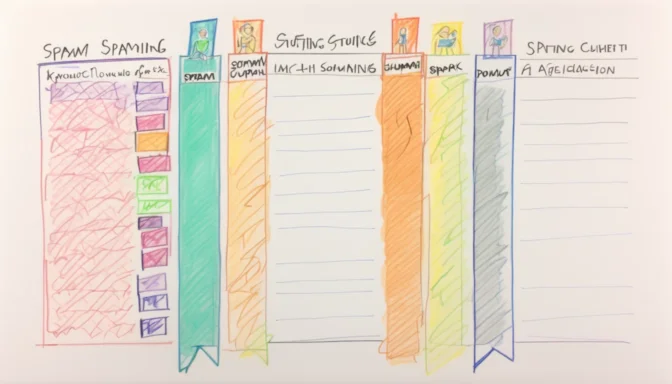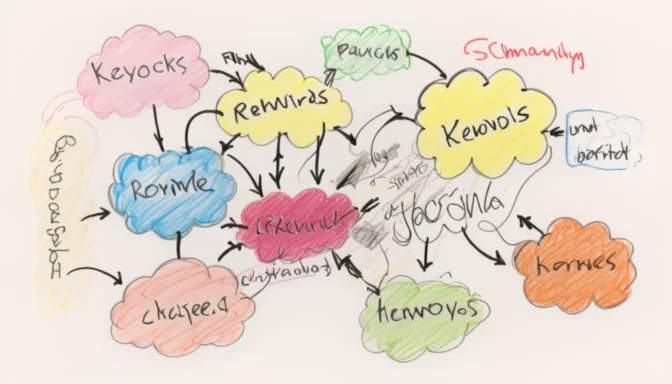What is Keyword Stuffing?

Keyword stuffing is the excessive use of keywords in a webpage with the aim to manipulate its ranking on search engines. It often involves unnatural repetition of words and phrases, or adding irrelevant lists such as phone numbers.
Is Keyword Stuffing Illegal?
While not necessarily illegal, keyword stuffing is a tactic that can get you penalized by search engines. Overuse of keywords that is not useful to users can result in lowered rankings or removal from search results altogether.
Keyword Density Rule

A general guideline for avoiding keyword stuffing is to maintain a keyword density of no more than 2%. For example, in a 1,000-word article, using your primary keyword less than 20 times is considered safe.
Why is Keyword Stuffing Bad?

Keyword stuffing negatively affects your website's SEO as it is a confirmed negative ranking factor. Search engines, particularly Google, will penalize sites found guilty of this outdated and spammy tactic.
Keyword Stuffing vs Spamming

Keyword spamming is often considered synonymous with keyword stuffing. Both involve overloading content with keywords in an attempt to manipulate rankings, and both are discouraged by search engines.
Google's Stance on Keyword Stuffing

Google does penalize websites for keyword stuffing. Such penalties can range from lower rankings to complete removal from search engine result pages.
How Many Keywords Are Too Many?

Striking a balance is key in keyword usage. Aim for one to four keywords centered around a single topic per page to avoid overstuffing. Make sure to include these in your content and header tags thoughtfully.
Tips to Avoid Keyword Stuffing

To prevent keyword stuffing, expand your text body to distribute keywords more naturally. This not only improves the flow of the text but also enhances the user experience.
 E-Commerceo
E-Commerceo
